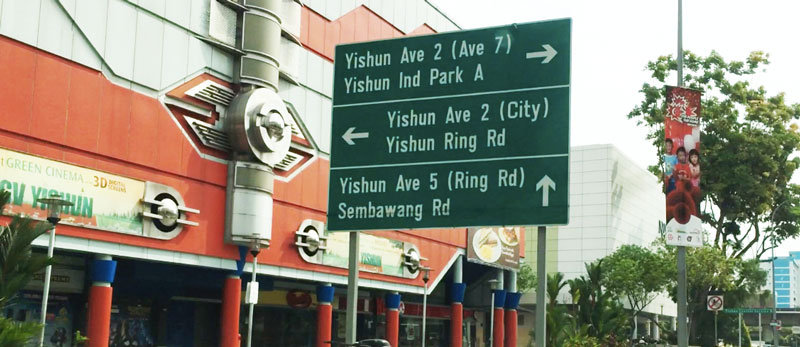The Yishun Estate
Formerly known as Nee Soon, the history of the Yishun estate runs back as far as a century ago. It was named after the Chinese merchant Mr Lim Nee Soon. He was a reputed community leader and a prominent industrialist in Singapore. He made his wealth by trading rubber and pineapple. Mr Lim Nee Soon served on Yishun Rural board during the period 1913 to 1921 and was appointed as a Justice of Peace. He was also a founder of the Chinese High School.
Mr Lim The Nee Soon, bought the land along Seletar River for his rubber plantations. The Nee Soon district was developed into an extended settlement when the Chinese immigrants move to Singapore as labourers to work in the rubber plantations. The immigrants then settled down forming the Nee Soon Village, paying a token amount for the land they rented from Mr Lim Nee Soon.

Chong Pang is an iconic community within Yishun estate. The Chong Pang village was originally known as Westhill Village or the Westhill estate. It was named after Lim Chong Pang – the son of Lim Nee Soon by the government in 1956, to recognize the contributions he had made for the development of Singapore.
Lim Chong Pang was also a prominent merchant & a social activist like his father. He was focused in improving the education facilities within the country, enabling every child to achieve a good education. He acted as a trustee of the Gan Eng Seng School and the St. Andrew’s School where he made his almamater. Like his father, he served as a member of the Rural Board, as well as the Rotary Club of Singapore. Inside the Rural Board, he focused on developing the rural villages, by uplifting the lives of the poor villagers.
The first ever apartment development in Yishun was started in 1976, at Chong Pang. The New Town was designed to be built with residents convenience in mind; to have schools, markets, shopping centers, religious buildings, community buildings and recreational facilities within easy reach. The development Neighborhood 1 of Yishun started in 1981, which was followed by Neighborhood 7 and 2. In 1987, the development of Neighborhoods 6,8 and 9 had started. This was done in parallel to the development of Yishun town center. The last Neighborhoods to start development was 3 & 4, which started in 1992. The infrastructure and the natural surroundings of Yishun have been massively developed since then, to enable it to become a truly elegant town, ideal for living in style.
Following is a list of significant developments that took place in the history of Yishun:
| Year | Development |
| 1986 | Lower Seletar Reservoir on the Seletar river |
| 1987 | Yishun Bus Interchange |
| 1988 | Yishun Swimming Complex |
| 1989 | MRT stations – Khatib & Yishun |
| 1992 | Yishun 10 Cineplex, Northpoint Shopping Centre & Yishun Stadium and Sports Hall |
| 1993 | Chong Pang City & Orchid Country Club |
| 1998 | Yishun Polyclinic & Yishun Public Library |
| 2001 | Yishun Safra |
| 2008 | Moving of the Yishun Public library into Northpoint Shopping Centre |
| 2010 | Khoo Teck Puat Hospital |
The name Nee Soon was changed to Yishun during the campaign to replace dialect names with Mandarin names. However, the government later revoked this campaign and decided to reinstate some of the towns to their previous names, however, the name Yishun remained unchanged. By now, it’s attached to almost every street, road and important landmarks in the city.
Below are some of the upcoming new condo launches in Yishun,
